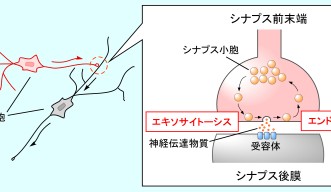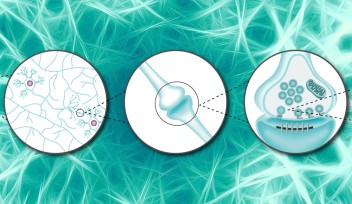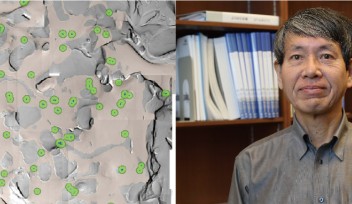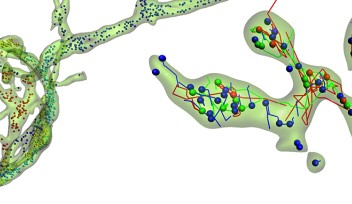First Determination of Speed Vesicles Refill with Neurotransmitter
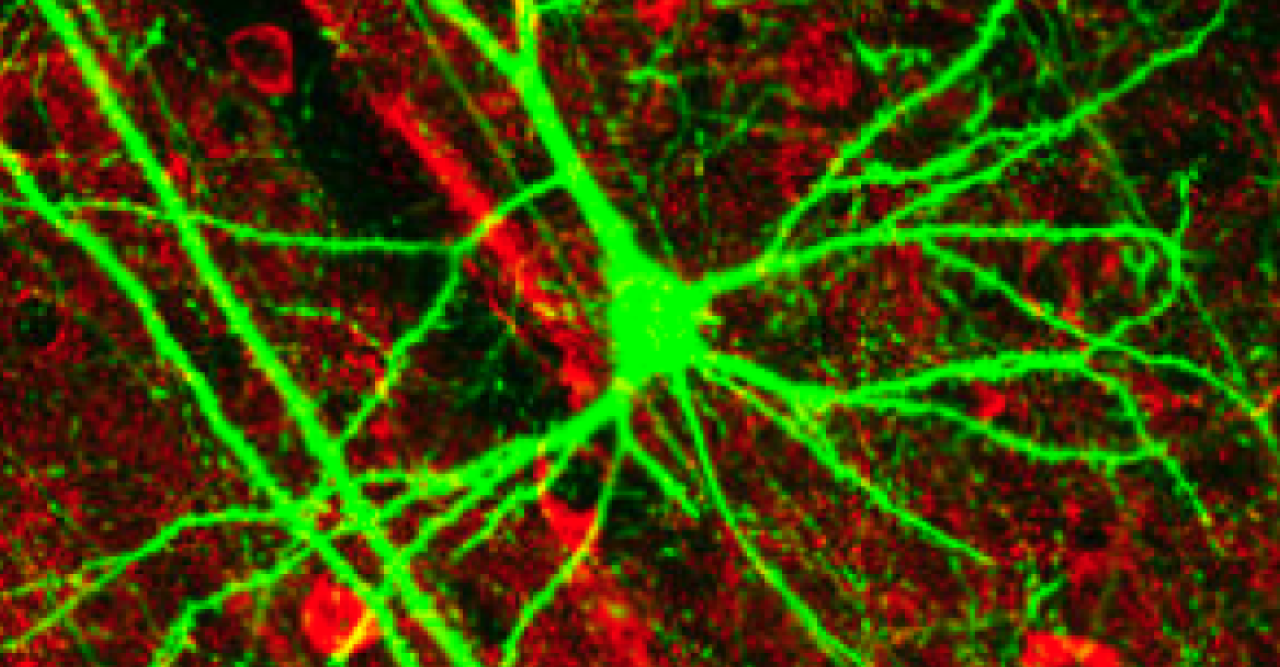
In a paper published in the November 7 issue of Neuron, Professor Tomoyuki Takahashi and Dr. Tetsuya Hori, two members of OIST’s Cellular and Molecular Synaptic Function Unit, reported the first reliable measurement of the rate that chemical neurotransmitter is replenished in the brain – a finding that will help researchers target a wide range of neuronal disorders.
Every brain function, such as sensory perception, body movement control, and informational processing, is accompanied by neurons firing in the brain. When a neuron fires, it sends electrical signals out to the ends of its nerves branches, called the nerve terminals. Each terminal forms a junction with a neighbouring neuron – an area called the synapse. When an electrical signal reaches a synapse, the neuron releases a chemical called neurotransmitter. Once released, the neurotransmitter traverses the narrow space where the two neurons meet and binds to the receptors on the following neuron -- thereby regenerating the electrical signal. In this way, electrical signals can flow through neuronal circuits in the brain, enabling diverse functions – from simple reflexes to highly complex neuronal processings like memory formation.
Chemical neurotransmitter is stored in tiny membrane-enclosed compartments in the nerve terminal called synaptic vesicles. Upon an electrical signal reaching the synapse, the vesicles fuse into the nerve terminal membrane, causing the vesicle membrane to break open and neurotransmitter to be released – a process called exocytosis. The empty vesicles then return to their original nerve terminal, or endocytosis, and are refilled with neurotransmitter to be reused for another round of synaptic transmission – a recycling mechanism that enables long-lasting synaptic transmission.
To maintain synaptic transmission, the vesicles must be continually refilled with neurotransmitter. The rate at which vesicles refill is an important parameter that limits the speed at which continuous neurotransmission can occur – or how long actions or thoughts can be maintained. However, until now there has been no reliable method for measuring vesicle-refilling rates.
OIST researchers Hori and Takahashi have designed a technique for monitoring vesicle refilling in a living neuron within a mouse brain using the neurotransmitter, glutamate. According to their study, it takes roughly 15 seconds for empty vesicles to be refilled with the neurotransmitter. They also discovered that this refilling speed depends upon chloride concentrations within the nerve terminal with the speed decreasing when the chloride concentration deviates away from a normal level of 10-30 mM. Not only has this study made a fundamental contribution to understanding synaptic transmission, but it could also provide clues for finding molecular targets in neuronal disorders.
Specialties
Research Unit
For press enquiries:
Press Inquiry Form










